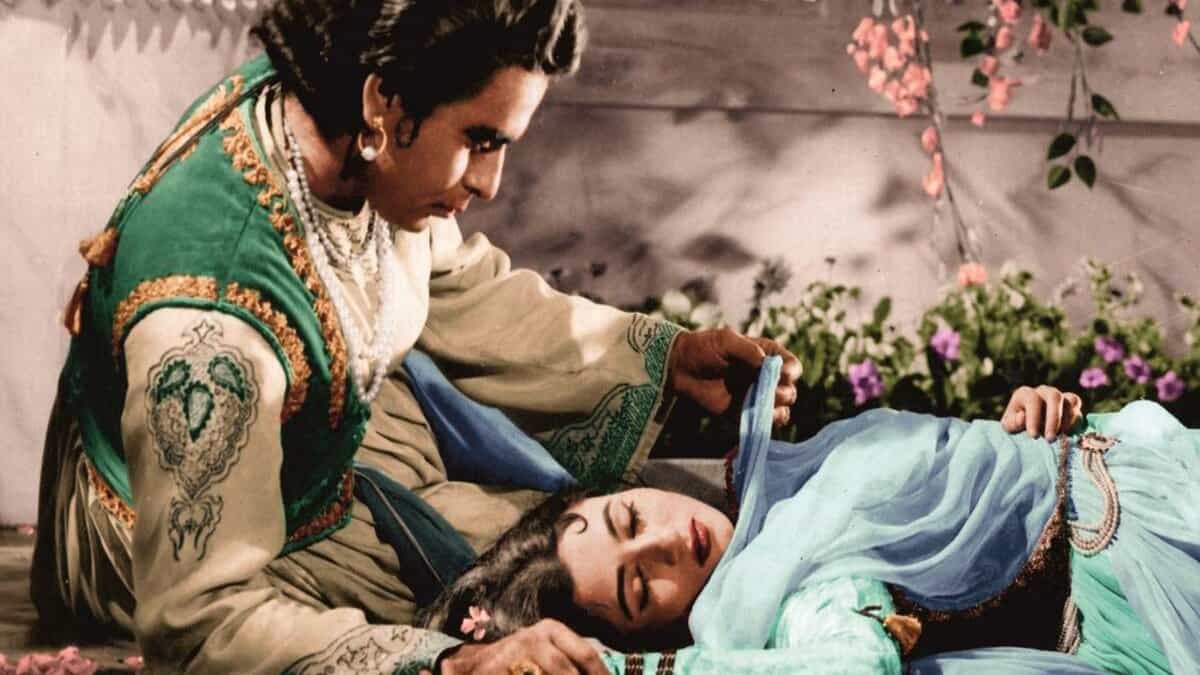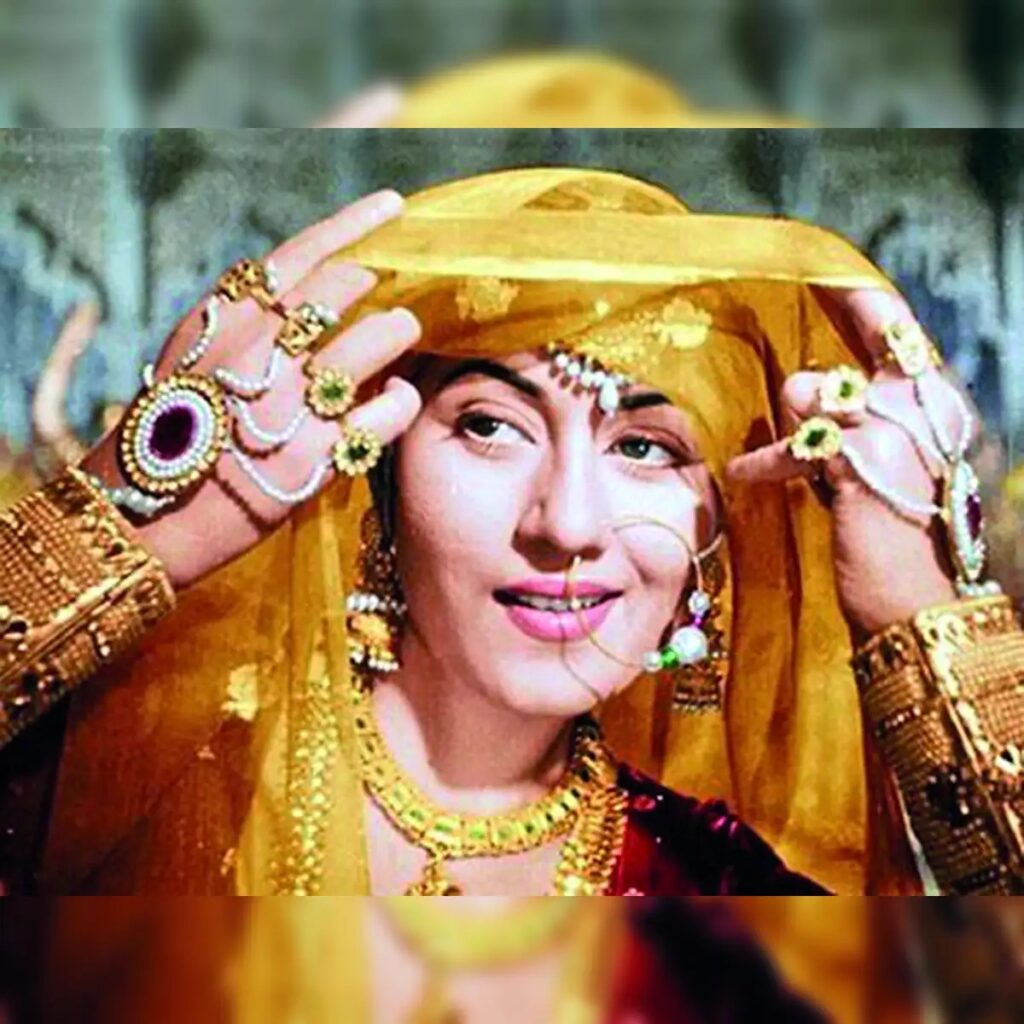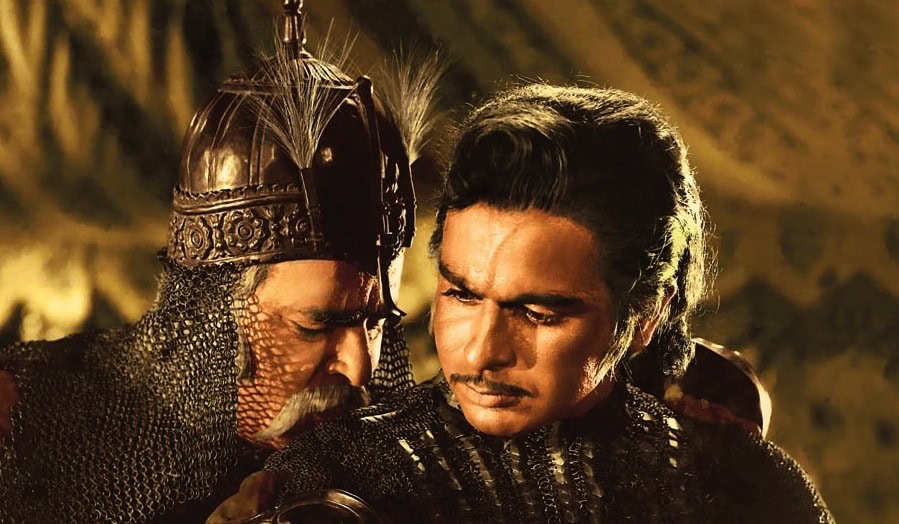
Mumbai: Indian cinema, fondly known as Bollywood, has always been more than just entertainment—it’s been a mirror to society, a trendsetter, and a cultural unifier. From the mythological silence of Raja Harishchandra (1913) to the soulful melodies of Alam Ara (1931), and the socially charged masterpieces like Mother India (1957) and Pyaasa (1957), Indian films have reflected evolving values, dreams, and conflicts.
As stars like Raj Kapoor, Meena Kumari, and Dilip Kumar rose to prominence, cinema slowly transformed into a larger-than-life experience.
The Arrival of a Game-Changer: Mughal-e-Azam
But in 1960, Indian cinema witnessed a revolution—Mughal-e-Azam.

Directed by the visionary K. Asif, Mughal-e-Azam was not just a film; it was a cinematic event realized after nearly 16 years of dedication. Featuring Dilip Kumar as Prince Salim, Madhubala as Anarkali, and Prithviraj Kapoor Emperor Akbar, the film narrated a timeless tale of love, rebellion, and sacrifice set in the opulent Mughal era.
Mughal-e-Azam Budget
The film’s production was as epic as its storyline. With a budget of Rs. 1.5 crore—unimaginable at the time—Mughal-e-Azam became the most expensive Indian film ever made. The Sheesh Mahal set alone, crafted with imported Belgian glass, took over two years to complete. The song “Pyar Kiya To Darna Kya” was filmed in dazzling Technicolor and cost nearly Rs. 1 crore. For authenticity, real chains were used in Madhubala’s prison scene, adding emotional depth but causing physical pain.

Records Broken and Hearts Captured
Upon release, Mughal-e-Azam became a box office juggernaut, earning over Rs. 11 crore in 1960—equal to more than Rs. 3,600 crore today. Theatres ran packed shows for months, with some extending screenings for years. It captivated not just audiences but entire generations.
In 2004, the film made history again as the first Indian movie to be digitally colorized and re-released, capturing the hearts of new-age audiences and proving its enduring appeal.
More than 60 years later, Mughal-e-Azam stands tall—a cinematic crown jewel that didn’t just entertain, but transformed Indian cinema forever.


